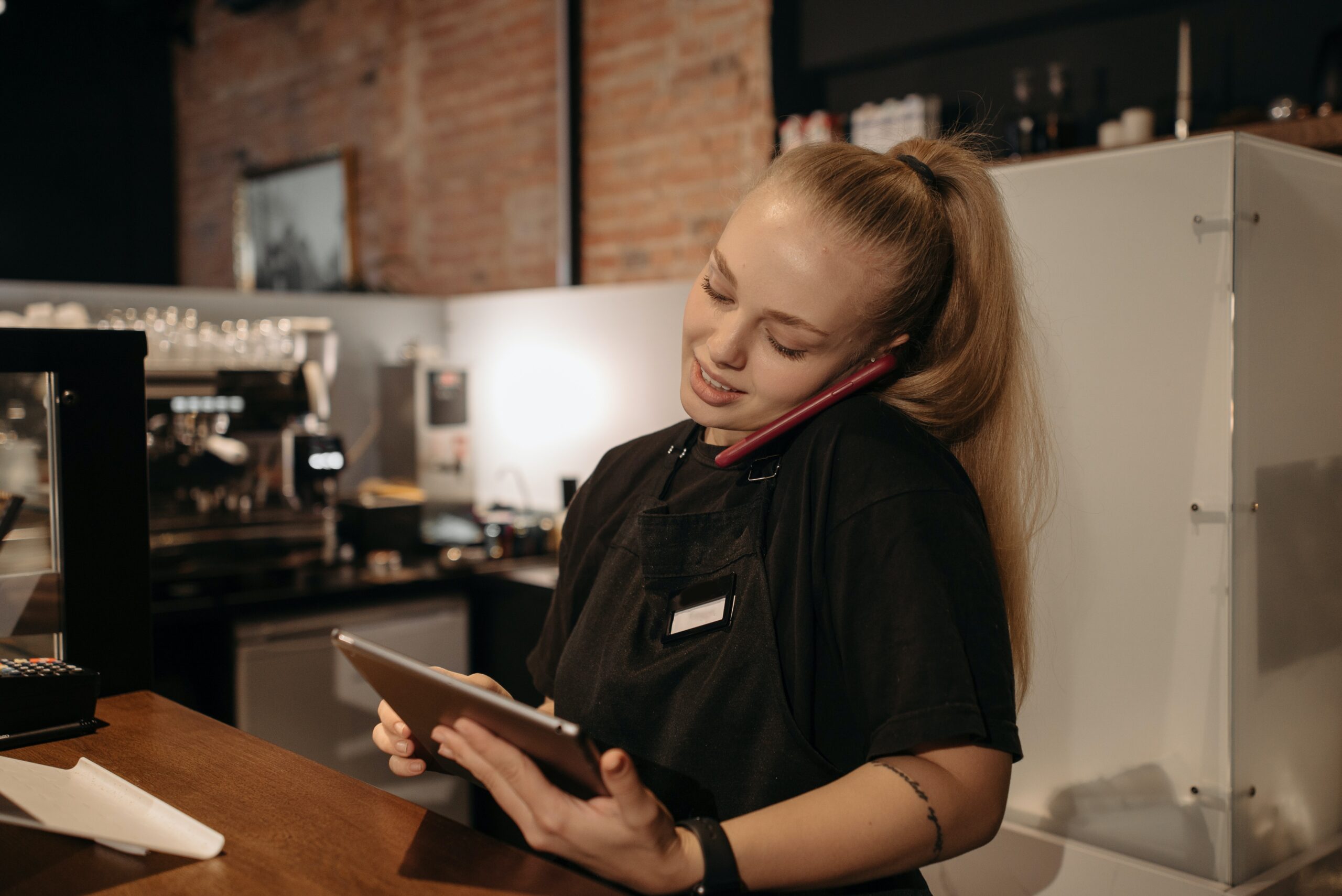Photo by Austin Distel on Unsplash
Cultivating an exceptional corporate culture is a marathon, not a sprint. It requires continual commitment, consistency, and effort from every organization member. But once you have laid down the foundation of a solid corporate culture, you’ll be well on your way to enjoying a prosperous and thriving business environment.
Crafting the Ideal Corporate Culture: A Comprehensive Blueprint for Success
What separates a good organization from a great one? Is it innovative products or services? Excellent customer service? While these are indeed critical elements, an underlying factor is the backbone of any successful enterprise: a robust corporate culture.
Corporate culture, the shared ethos, and values defining an organization aren’t about superficial elements like office decor or dress code. It’s about an ingrained identity that dictates how employees interact, collaborate, and work towards common goals. An influential corporate culture promotes productivity, nurtures engagement, and inspires loyalty, contributing significantly to overall business success.
To create a healthy and thriving corporate culture, there are six essential strategies any organization can adopt:
1. Define Your Core Values
Solid, well-articulated core values lie at the heart of every compelling corporate culture. These values form the bedrock of an organization’s ethical framework, shaping its employees’ beliefs, behaviors, and actions.
Whether these values emphasize innovation, integrity, customer service, or teamwork, they guide your organization’s decision-making processes. They engender employees’ shared sense of identity and purpose, fostering unity and commitment.
Defining core values, however, is just the first step. They must be thoroughly communicated, consistently upheld and continually integrated into every aspect of the business. From hiring and onboarding to performance evaluation and recognition, your core values should be the golden thread that ties together all business operations.
2. Lead by Example
The leadership team within an organization plays a pivotal role in shaping its culture. Leaders are not merely managers or decision-makers; they are culture carriers who can either make or break an organization’s cultural fabric.
Leaders’ behaviors, attitudes, and actions significantly influence the company’s cultural environment. They set the tone for the organization, demonstrating the values and behaviors they expect their team members to emulate.
Leaders need more than merely “talk” about core values; they must live them. When leaders consistently embody these values, they inspire trust, respect, and loyalty among their teams, fostering a culture where everyone feels committed and valued.
3. Promote Open Communication
An environment of open communication is crucial for a healthy corporate culture. Transparency and honesty should be the norms rather than exceptions. When employees feel comfortable expressing their thoughts, ideas, and concerns without fear of reprisal, it leads to a more engaged, productive, and satisfied workforce.
Regular feedback sessions, team meetings, and other communication channels encourage employees to voice their opinions, fostering a sense of belonging and value. Leadership transparency, where leaders openly discuss company goals, challenges, and changes, also builds trust and strengthens the cultural fabric of an organization.
4. Encourage Teamwork and Collaboration
Strong corporate cultures thrive on teamwork and collaboration. An organization that fosters cross-departmental collaborations and encourages diverse perspectives can unlock creativity, stimulate innovation, and enhance problem-solving abilities.
Creating an environment that encourages teamwork goes beyond merely assigning group projects. It involves building trust, nurturing relationships, acknowledging individual contributions, and promoting mutual respect among team members. Regular team-building activities, workshops, and retreats can be excellent strategies for cultivating a culture of collaboration and cohesion.
5. Invest in Employee Development
Organizations that prioritize employee growth and development foster a culture of continuous learning and improvement. Employees who see clear paths for growth within their organization are more likely to feel engaged, motivated, and loyal.
Professional development programs, mentoring schemes, skill-based training, and opportunities for internal career progression can significantly enhance employee satisfaction and retention. A culture that values learning boosts morale and drives performance, productivity, and innovation.
6. Demonstrate Corporate Social Responsibility
Corporate Social Responsibility is no longer a ‘nice-to-have.’ For today’s increasingly socially conscious employees, it’s a must. A strong commitment to social and environmental responsibilities can significantly enhance your organization’s reputation and attractiveness.
Incorporating these initiatives into your corporate culture shows that your company cares about more than just profit. Whether environmentally-friendly practices, community outreach programs, or charitable donations, CSR initiatives show your organization’s commitment to positively impacting society.
In conclusion, corporate culture is not a mere buzzword. It’s an essential business strategy that, when cultivated effectively, can drive organizational success. Building a strong corporate culture may require effort and consistency. Still, the resulting benefits – a more engaged workforce, increased productivity, and higher employee satisfaction, to name a few – are well worth the investment.
Cultivating an exceptional corporate culture is a marathon, not a sprint. It requires continual commitment, consistency, and effort from every organization member. But once you have laid down the foundation of a solid corporate culture, you’ll be well on your way to enjoying a prosperous and thriving business environment. It all starts with you and your team and the values you uphold and exemplify. So, start this journey today and watch your organization transform into a more productive, positive, and purposeful entity.











